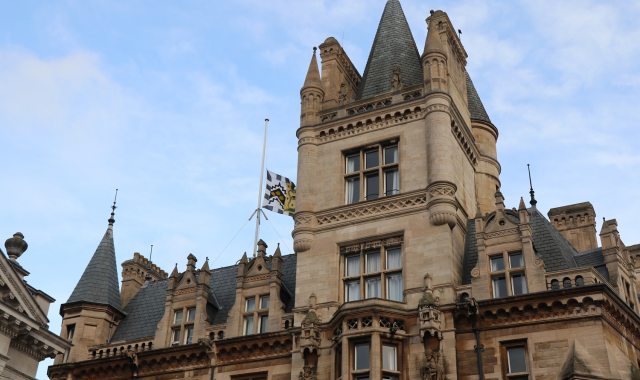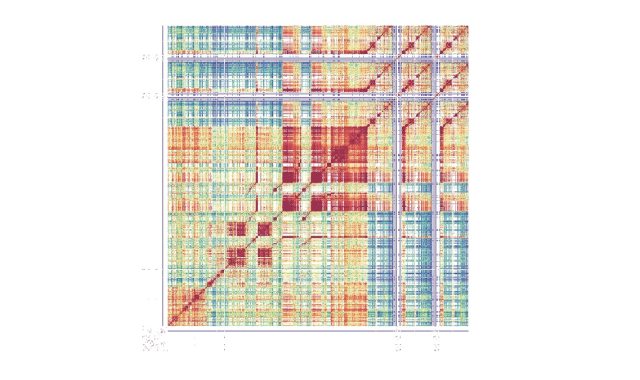Milton’s Shakespeare
- 18 September 2019
- 3 minutes
Caius Fellow in English, Dr Jason Scott-Warren, has claimed he has identified the mystery annotator of a copy of Shakespeare’s first folio as Paradise Lost poet, John Milton.
It is widely known that Shakespeare was a huge influence on Milton: from his writing of nature poetry to his creation of charismatic villains like Comus, or Satan in Paradise Lost. Milton did make his adoration for Shakespeare’s work known, testifying to the ‘wonder and astonishment’ that Shakespeare created in his readers. Now, almost 400 years after the First Folio of Shakespeare was published in 1623, Dr Scott-Warren has found more tangible evidence of their connection.
The discovery was made when Dr Scott-Warren was reading an article about an anonymous annotator by Pennsylvania State University English professor Claire Bourne. Professor Bourne’s study of the first folio, which has been housed in the Free Library of Philadelphia since 1944, dated the annotator to the mid-17th century. Her study also provided many images of the handwritten notes. Dr Scott-Warren was struck by the similarity of the handwriting in the folio to that of the poet John Milton. “I immediately called up some facsimiles of Milton’s manuscripts, and a hand-corrected copy of ‘Lycidas’ from the University Library, and was both alarmed and elated to find that the case kept getting stronger,” he recalls.
Enthused by this finding but equally wary, Dr Scott-Warren, decided to share his theory in a blog post for Cambridge’s Centre for Material Texts. He wrote, “I’m going to claim to have identified John Milton’s copy of the Shakespeare First Folio of 1623”, adding photos from the folio and from known samples of Milton’s handwriting. He identified numerous similarities, notably, the right foot of an ‘h’ missing the ground before it heads up into an ‘e’, and a distinctive ‘R’. The evidence that Dr Scott-Warren presented in the blog is strictly palaeographical; however, several distinguished Miltonists – Milton experts – from around the world have already expressed their support for the claim and have offered further evidence.
Dr Will Poole, John Galsworthy Fellow and Tutor in English at New College Oxford said:
"Not only does this hand look like Milton’s, but it behaves like Milton’s writing elsewhere does, doing exactly the things Milton does when he annotates books, and using exactly the same marks."
“It was, until a few days ago, simply too much to hope that Milton’s own copy of Shakespeare might have survived — and yet the evidence here so far is persuasive. This may be one of the most important literary discoveries of modern times."
“The annotations on this copy of the Folio offer us an opportunity to see Shakespeare through Milton’s eyes, and to trace the impact of Shakespeare on the young Milton,” Dr Scott-Warren comments. “It’s a document that has the potential to transform the way we read these two revolutionary writers.”
Dr Scott-Warren and Professor Bourne plan to collaborate on a number of publications that will set out the case for the identification in full, and will explore its rich implications.
Banner photograph: The second stanza of the song sung to Mariana in Measure for Measure, written in at the end of the play in the Free Library of Philadelphia First Folio and trimmed by the binder. The song, with this stanza, circulated in manuscript and was printed for the first time in John Fletcher’s The Bloody Brother (1639) (Bourne 2019, 205). Photo taken by Claire M. L. Bourne and kindly reproduced by permission of the Free Library of Philadelphia.


